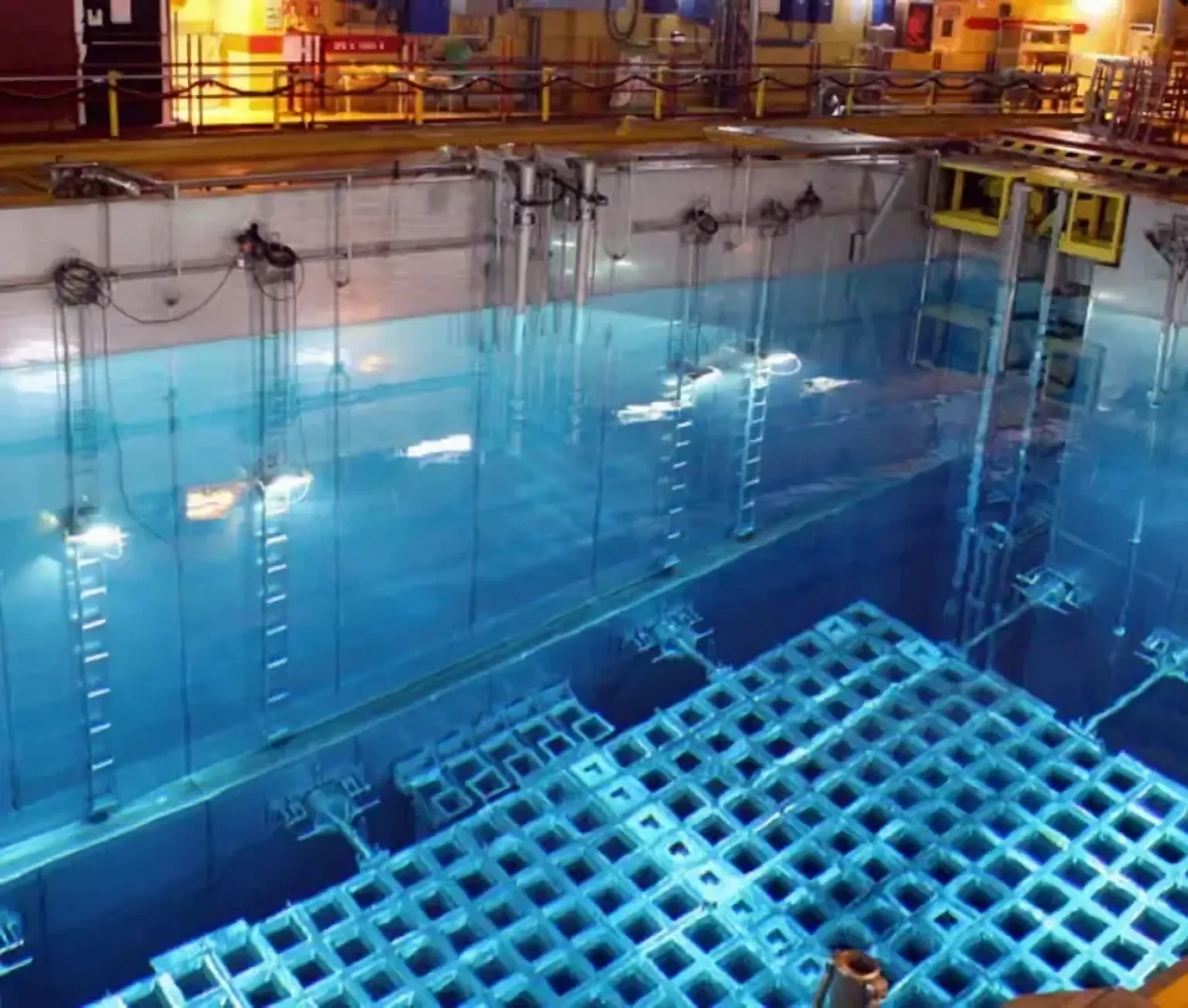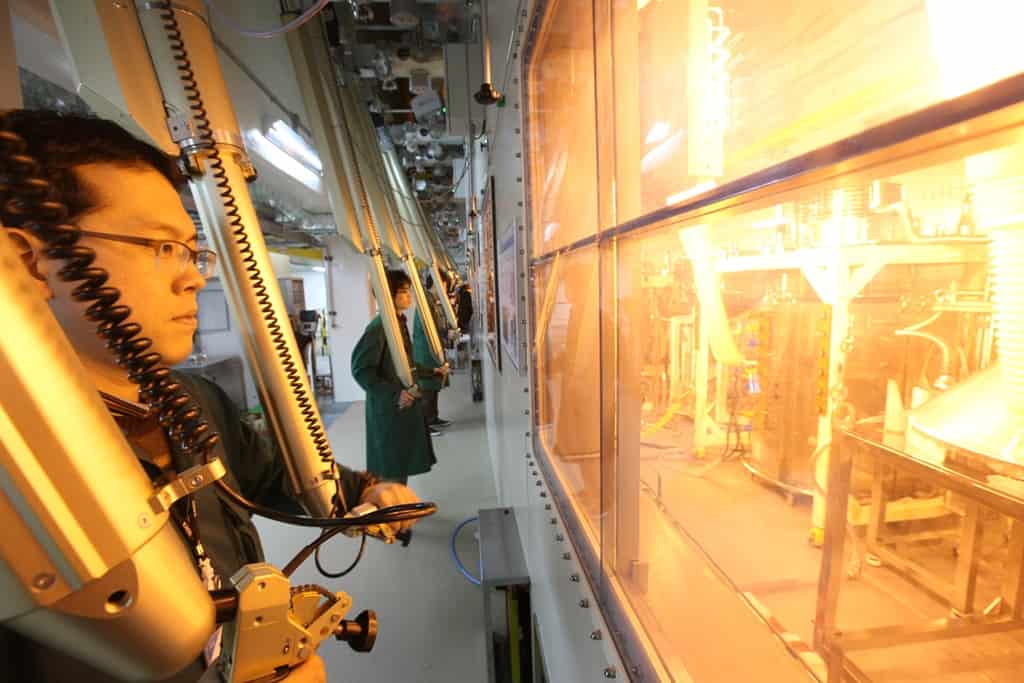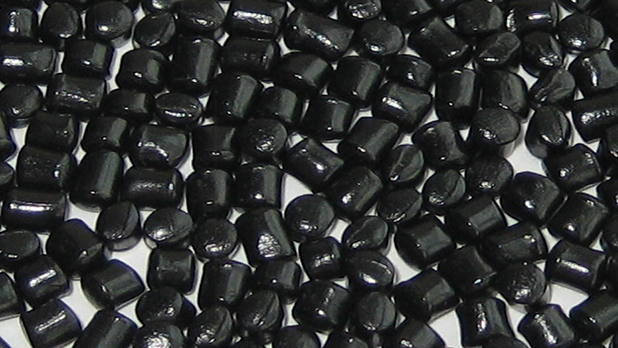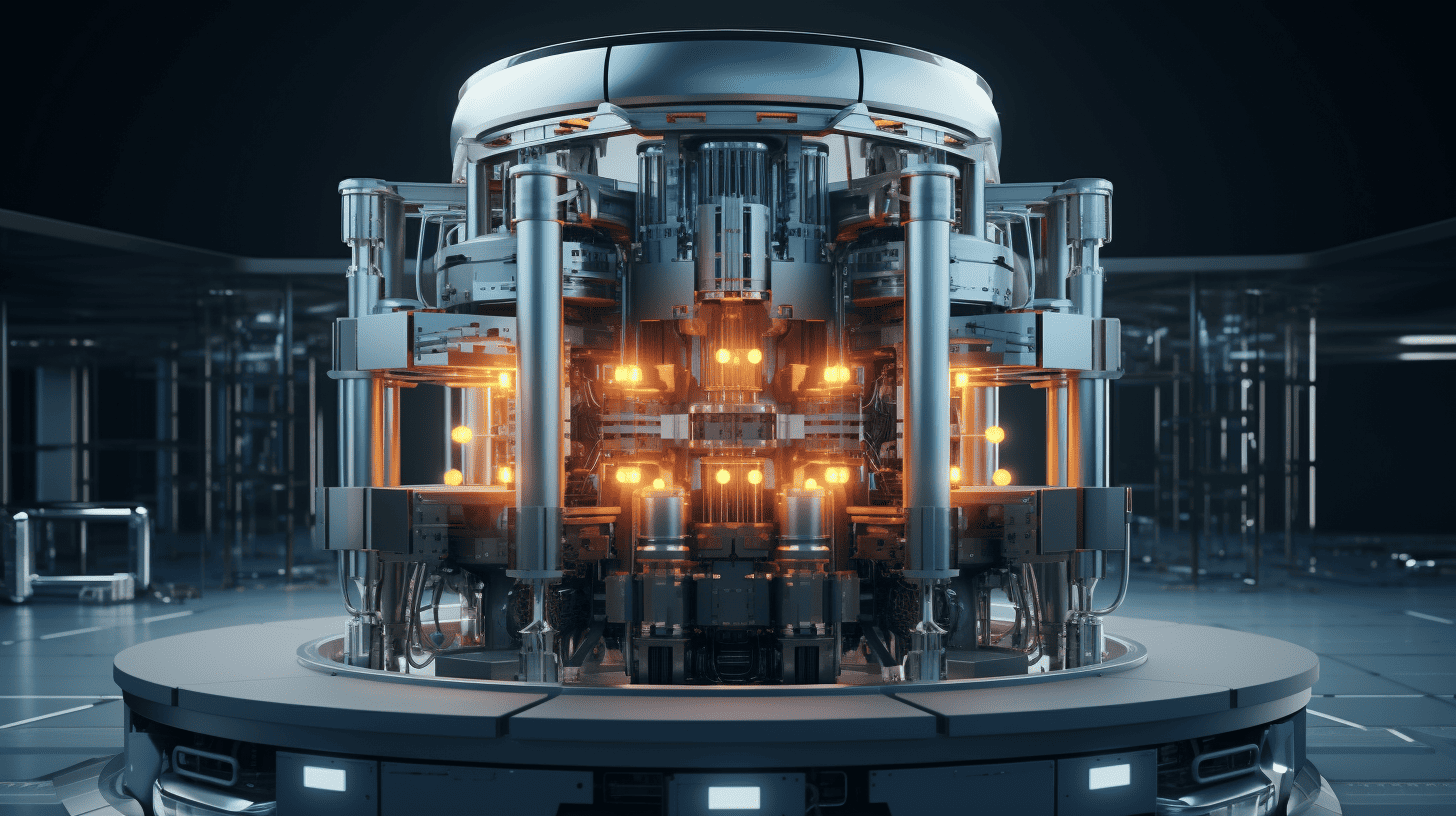
A team at Sichuan University has pioneered a method to enhance nuclear process safety by identifying optimal materials for gaseous iodine capture, crucial in preventing radioactive releases in nuclear energy production. Their research, utilising a combination of large-scale molecular simulation and machine learning, screened over 8,000 metal-organic frameworks (MOFs) to ascertain the most effective for iodine absorption. The study, funded by the National Natural Science Foundation of China and other prestigious bodies, discovered that certain MOFs characteristics, such as large cavity sizes and substantial surface areas, are indicative of superior performance. The implications are vast, potentially leading to more compact and economical nuclear plants, thereby bolstering the role of nuclear energy in a cleaner future.
- Sichuan University’s breakthrough combines machine learning and molecular simulation to identify optimal materials for iodine capture.
- Metal-organic frameworks (MOFs) with large cavity sizes and surface areas show superior iodine absorption.
- Implications include more compact and cost-effective nuclear plants, aligning with the trend of small modular reactors.
The capture of gaseous iodine is a pivotal aspect of nuclear power generation, given its potential to mitigate the release of radioactive materials. Iodine-129, with a half-life of 15.7 million years, and Iodine-131, with a half-life of about 8 days, are major concerns due to their volatility and health risks. The recent study by researchers from Sichuan University marks a milestone in addressing this challenge.
Understanding iodine in nuclear processes
Radiation hazards present in nuclear energy production are underscored by the production of gaseous iodine. During fuel reprocessing, volatile iodine species can escape, posing a risk to the environment and human health. Historically, methods to capture this iodine have revolved around silver-infused materials, which effectively trap iodine but at a substantial cost and with significant waste management issues. The quest for a more efficient and economical solution has been ongoing.
Metal-organic frameworks, or MOFs, have emerged as a promising class of materials for gas capture and storage. Their highly porous structures, formed by metal nodes linked by organic ligands, provide a vast internal surface area. Until now, identifying the ideal MOF for specific applications has been somewhat akin to finding a needle in a haystack due to the sheer number of possibilities.
The Sichuan University team’s approach, as detailed in their published research, has significantly streamlined the search. By employing grand canonical Monte Carlo simulations—a method that uses random sampling to predict outcomes in physical systems—they evaluated thousands of MOFs to predict their iodine uptake capabilities. Their findings were further refined using machine learning algorithms, establishing quantitative structure-property relationships to narrow down the MOFs with the most promise.
The breakthrough via machine learning
Machine learning has played a critical role in deciphering the complex relationships between the MOFs’ structural characteristics and their performance in iodine capture. The research team created a ranking of the top-performing MOFs and visualised their specific adsorption sites, a step forward in the design and synthesis of advanced adsorbents.
This multifaceted methodology has revealed that while large cavity size and surface area are indicative of a MOF’s potential for iodine uptake, no single feature can predict performance in isolation. The integration of various structural and chemical features underpins the efficiency of the materials. Through this comprehensive analysis, the researchers have laid a foundation for the development of MOFs that can enhance nuclear process safety and contribute to the sustainability of nuclear energy.
Implications for the nuclear industry
The discovery of optimal MOFs for iodine capture could revolutionise the nuclear industry. More efficient capture materials mean that processes to manage radioactive iodine can be significantly improved, potentially rendering nuclear plants more compact and cost-effective. This aligns with the broader industry trend towards small modular reactors (SMRs), which promise to be more flexible and affordable than traditional reactors.

Furthermore, improved iodine capture has implications for nuclear waste management. By more effectively containing one of the most challenging byproducts of nuclear fission, the overall environmental footprint of nuclear power could be reduced. This is particularly relevant as the industry seeks to balance the need for low-carbon energy sources with environmental and safety concerns.
Future outlook and sustainability
The integration of advanced molecular simulation and machine learning represents a significant stride towards sustainable nuclear energy. The success of the Sichuan University team serves as a proof of concept for the application of these technologies in material science, potentially impacting other areas of environmental management.
As the demand for cleaner energy sources grows, nuclear power stands to play a crucial role, and safety enhancements such as this breakthrough in iodine capture will be key to its acceptance and expansion. With the potential for reduced costs and enhanced safety, the nuclear industry may witness a renaissance, driven by innovation and a commitment to sustainability.







